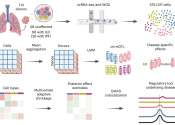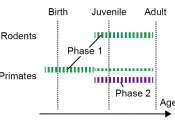Epigenomic map reveals circuitry of 30,000 human disease regions
Twenty years ago this month, the first draft of the human genome was publicly released. One of the major surprises that came from that project was the revelation that only 1.5 percent of the human genome consists of protein-coding ...
Feb 3, 2021
0
98









